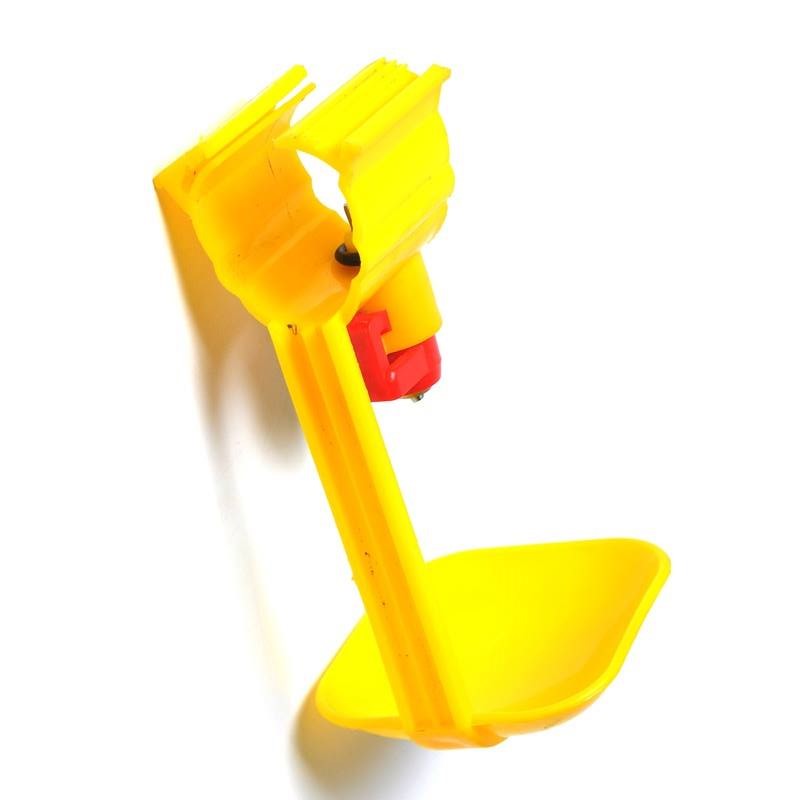A Cozy Habitat for Baby Chicks to Grow and Thrive in Safety and Comfort
Jul . 23, 2024 15:09 Back to list
A Cozy Habitat for Baby Chicks to Grow and Thrive in Safety and Comfort
The World of Baby Chick Cages A Vital Component of Poultry Farming
In the realm of poultry farming, the welfare and growth of chicks are paramount. Baby chicks, often referred to as peeps due to their adorable sounds, are extremely vulnerable during their early days. To ensure that these tiny creatures grow into healthy chickens, the use of specialized baby chick cages has become an essential practice in the poultry industry. In this article, we will explore the significance of baby chick cages, their design features, and the benefits they provide.
Importance of Baby Chick Cages
Baby chick cages serve multiple purposes, primarily focusing on the health, safety, and comfort of young chicks. From the moment they hatch, chicks require a controlled environment that can provide warmth, protection, and appropriate space for movement. Cages designed specifically for baby chicks offer a nurturing habitat that mimics their natural environment while protecting them from predators and harsh weather conditions.
One of the central reasons for utilizing baby chick cages is to maintain optimal temperature and humidity levels. Newly hatched chicks are unable to regulate their body temperature effectively. Therefore, cages are equipped with heating elements that ensure the right temperature is maintained, fostering a healthy growing environment. This careful climate control helps prevent hypothermia and other temperature-related issues that can lead to high mortality rates.
Design Features of Chick Cages
Baby chick cages are designed with several key features to accommodate the unique needs of young birds. These cages typically have adequate ventilation to ensure the air quality remains high, reducing the risk of respiratory issues. Additionally, the floors of the cages may be made of materials providing good drainage and comfort for the chicks’ delicate feet.
baby chick cage

The cages often come with adjustable dividers that allow farmers to manage the space as the chicks grow. This adaptability ensures that the chicks are not overcrowded, which can lead to stress and increased susceptibility to diseases. Proper spacing also allows for easy access to food and water, critical elements for the growth and development of healthy chicks.
Moreover, baby chick cages are usually designed for easy cleaning. Hygiene is of utmost importance in poultry farming, and regular cleaning prevents the buildup of droppings and bacteria that can pose health risks to the chicks. Many modern cages come with features that facilitate quick disassembly and reassembly, making the cleaning process more efficient.
Benefits of Using Baby Chick Cages
Utilizing baby chick cages not only promotes the welfare of the chicks but also enhances overall farm productivity. Healthy chicks have a higher survival rate and improved growth patterns, leading to better yield for poultry farmers. Furthermore, with proper management of space and resources, farmers can raise more chicks within a controlled environment, optimizing their output.
Besides the practical advantages, baby chick cages also support biosecurity measures. By confining the chicks to a specific area, the risk of disease transmission from external sources is minimized. This is crucial for preventing outbreaks that could devastate entire flocks.
In conclusion, baby chick cages are a fundamental aspect of modern poultry farming. They provide a safe, comfortable, and regulated environment that is critical for the healthy development of chicks. As the poultry industry continues to evolve, innovations in cage design and technology will further improve the care provided to these adorable, vulnerable creatures. By prioritizing the welfare of baby chicks, farmers are not only ensuring their success but also contributing to sustainable agricultural practices.
-
Automatic Feeding Line System-Pan Feeder Nipple Drinker|Anping County Yize Metal Products Co., Ltd.
NewsJul.29,2025
-
Hot Sale 24 & 18 Door Rabbit Cages - Premium Breeding Solutions
NewsJul.25,2025
-
Automatic Feeding Line System Pan Feeder Nipple Drinker - Anping County Yize Metal Products Co., Ltd.
NewsJul.21,2025
-
Automatic Feeding Line System Pan Feeder Nipple Drinker - Anping County Yize Metal Products Co., Ltd.
NewsJul.21,2025
-
Automatic Feeding Line System - Anping Yize | Precision & Nipple
NewsJul.21,2025
-
Automatic Feeding Line System - Anping Yize | Precision & Nipple
NewsJul.21,2025






